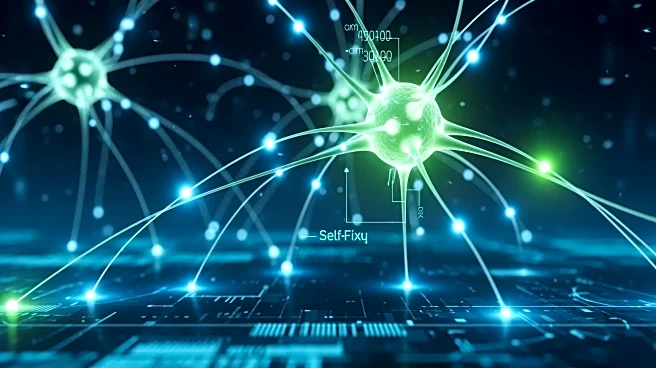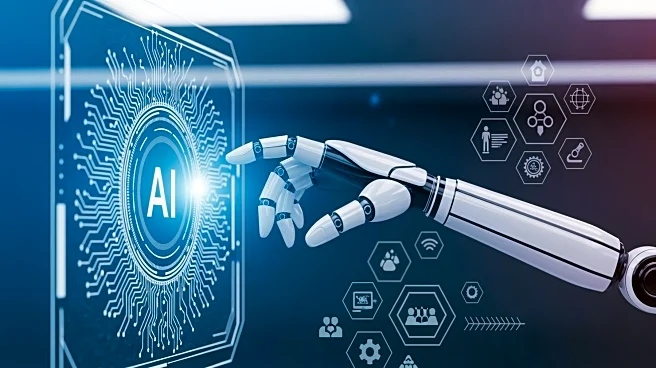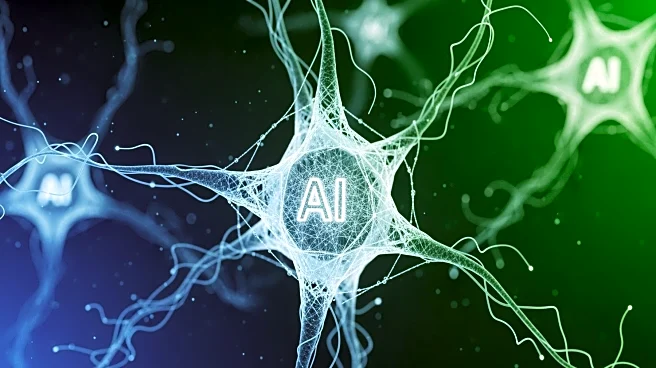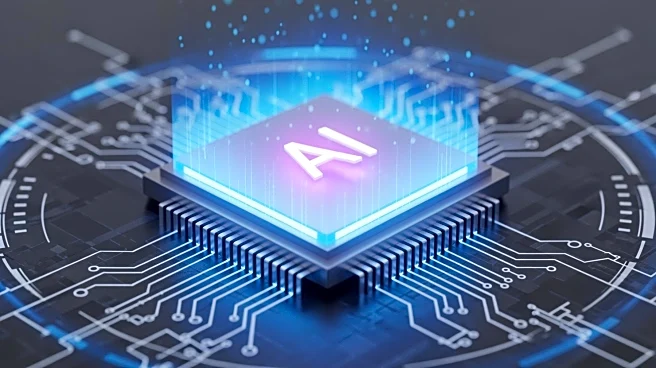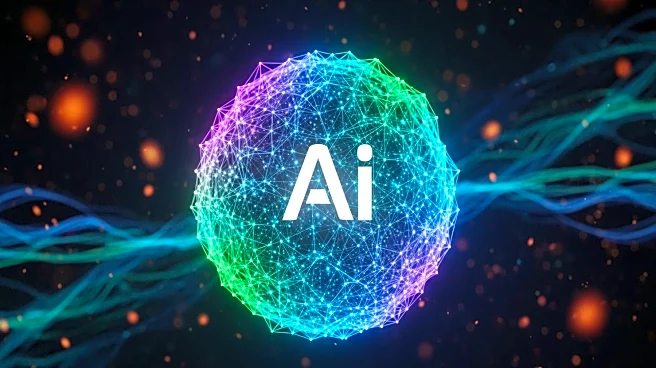What's Happening?
NeuralTrust has reported evidence of a large language model (LLM) exhibiting self-fixing behavior, marking a significant development in AI technology. The model, identified as OpenAI's o3, autonomously
diagnosed and repaired a failed web tool invocation, demonstrating adaptive decision-making akin to human debugging processes. This behavior was observed through traces from a cached browser session shortly after the release of GPT-5, highlighting the model's ability to reformulate requests and simplify inputs to achieve successful outcomes.
Why It's Important?
The emergence of self-fixing AI behavior represents a potential shift in AI reliability and autonomy. While this capability can enhance system resilience against transient errors, it also introduces risks related to invisible changes and auditability gaps. As AI systems gain the ability to adapt and recover, ensuring traceability and adherence to policy becomes crucial. This development challenges existing boundaries between AI autonomy and human control, prompting discussions on the ethical and practical implications of self-correcting AI.
Beyond the Headlines
The ability of AI models to self-repair raises questions about the future of AI safety and governance. As AI systems become more autonomous, establishing frameworks for monitoring and controlling adaptive behaviors will be essential. The balance between AI innovation and regulatory oversight will shape the trajectory of AI development, influencing how AI is integrated into critical systems and industries.


